Is Tap Water Safe to Drink?
Is tap water safe to drink? The short answer to this question is yes, possibly. Tap water is generally safe to drink in most parts of the world. In the United States, tap water is closely regulated by the Environmental Protection Agency (EPA). You can put your zip code in to see your levels of contaminants in the water; the report findings are a few years old, which is sad. But it gives you an idea of the water quality in your city.
The EPA sets standards for contaminants like lead and arsenic to help promote public health nationwide. The EPA has limits on how much pollutants are allowed in tap water as they regulate water safety. This is so you can feel confident that your tap water should meet their standards and be relatively safe to drink. Please note that I will NOT drink or cook with the water from my city tap. I use a reverse osmosis system to treat the municipal water provided to my home.
Potential Contaminants in Tap Water
However, just because tap water meets the EPA’s regulations doesn’t mean it doesn’t contain any other contaminants or bacteria. Research has shown some chemicals are still present in trace amounts in different parts of the country.
These could be nitrates, fertilizers, and pesticides from agricultural runoff. Suppose you have a well on your property for drinking water. In that case, you’ll want to test it periodically for contamination from surface pollutants or groundwater contamination from nearby septic systems, leaking sewer lines, or landfills.
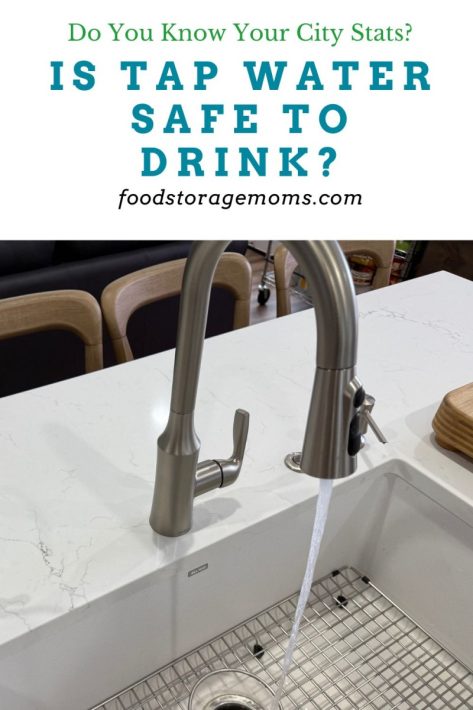
Bacterial Contamination Risk
In addition to potential chemical contaminants in your local area, bacteria can lurk in your drinking water. Bacteria can enter the system through broken pipes or improper maintenance at your local water treatment facilities plant.
The most common types of bacteria found in tap water are coliform bacteria and E. coli. Both make you severely ill if consumed and not adequately treated. To ensure these bacteria don’t enter home systems, the treatment plants “treat the water” with chemicals like chlorine. When in your home, you must take certain precautions so you aren’t subject to infections. These steps include always thoroughly washing your hands and cleaning countertops. Pay attention when using and flushing toilets; use antiseptic sprays to clean up any “spills” and flush every time used.
Most municipal water supplies are, by definition, public water systems mandated to provide safe drinking water to all those hooked up to the public water distribution system. These water supplies achieve their high water quality through sophisticated water filter systems. They are treated with chemicals that are made to kill germs, viruses, bacteria, and parasites and remove debris that may be present in the water.
What’s In Tap Water?
As you think about whether tap water is safe to drink, you may wonder what is in tap water?! Have you ever wondered what is in the water that comes from your taps? The answer, it turns out, is a bit more complicated than one might imagine. Tap water contains various minerals and chemicals, some of which are essential for our health and the taste of the water, and others that might be potentially hazardous. Let’s take a closer look into what’s really in tap water.
Essential Elements
Tap water generally contains several key minerals and elements that can benefit our health. These include calcium, magnesium, sodium, chloride, fluorine, sulfur compounds, trace amounts of iron, and other elements like manganese and zinc.
Calcium is essential as it helps strengthen bones while aiding in the body’s absorption of other minerals, such as potassium. Magnesium helps with muscle performance, while sodium aids digestion and boosts electrolyte levels.
Chloride works to maintain optimal acidity levels in the bloodstream and keeps cells hydrated. Fluoride works to strengthen teeth enamel, which is why it’s so commonly added to public water supplies to help reduce tooth decay.
Sulfur compounds help neutralize any foul odor caused by unpleasant metals such as copper or zinc. Lastly, trace amounts of iron help transport oxygen throughout the bloodstream, among other things.
Contaminants
Unfortunately, there are also several compounds in tap water from human activities that can be potentially hazardous to human health if consumed excessively over long periods.
These include fluoride (in large doses), lead (often from old plumbing lead pipes), nitrates/nitrites (from agricultural runoff), chlorine (added for disinfection purposes), and arsenic (which can occur naturally). High levels of lead are of particular concern, and the cause of low consumer confidence reports in places like Flint, Michigan, where pediatricians found lead in the blood of sick young children.
However, these contaminants should not be cause for alarm as they usually occur in relatively small concentrations. The water is tested and compared to safe drinking standards set by governmental agencies at both local and national levels. To ensure safety, home filtration systems or specialized filters are often recommended to remove these contaminants before drinking tap water regularly and assist in disease control.
Tap water contains both beneficial minerals and specific contaminants depending on the region or town you live in. As long as you are aware of potential risks or have taken necessary precautions, there should be no reason why tap water in your sink can’t deliver safe quality drinking water supplies into your homes!
What Makes Tap Water Unsafe?
Tap water has become an indispensable part of modern life, providing us with an easy and readily available source of clean drinking water. However, despite the technological advances in water filtration systems and delivery infrastructure, tap water is still not always safe. Certain elements can contaminate it and make it potentially hazardous to drink.
Poor Infrastructure
In some parts of the world, the infrastructure for delivering safe drinking water is either inadequate or outright non-existent, so access to clean running water is a privilege rather than a right. In countries such as India, almost 70% of the groundwater from underground aquifers used for public consumption contained fluoride levels higher than acceptable health standards set by the World Health Organization (WHO). Such situations are especially worrisome due to the potential long-term health effects of continued consumption of contaminated tap water.
Do you remember the Flint, Michigan, lead issue? As mentioned above, it wasn’t until a pediatrician questioned why so many kids had lead poisoning in that city.
Every year in Utah, we hear about contaminated water in various cities. What is disturbing to me is that we often don’t hear about the “bad” water for a few days when a boil water directive is issued. Please don’t count on that water heater in your home for fresh water in case the water in your city becomes contaminated. Here is a story from The Deseret News. The city of Huntsville, UT recently had a broken pipe between their water treatment plant and the city water storage tank on a hillside. The leaky pipe allowed contaminants to enter the water pipe and pollute the water in the storage tank. It took almost a week for the water agency people to locate and repair the leak.
There are so many instances of water quality issues it would take me hours to post them. Please keep on top of your water supply. You can use reverse osmosis for daily water purification in your home. A Big Berkey or another water purifier like PortaWell can be used as a stopgap until the local water system proves safe. Preventing short- and long-term illness and other health issues is a real concern; you don’t want outside sources prompting you to worry about prevention all the time.
My Personal Experience
Please note that I lived in a small town in northern Utah in 1983, and the water had a peculiar taste. The color of the water was yellow; yes, you heard that right; it was yellow. I took a white container filled with yellow water to the city and asked them why it would be yellow and unclear. They said that our water was safe and we didn’t have to worry about the water.
I didn’t believe it, and I immediately ordered water to be delivered to our home every two weeks in 5-gallon bottles. We would rotate the bottles and use them in a water dispensary unit.
A few years later, after living there, we started noticing cancer rates in our town higher than in the rest of the state at that time. Next, we gathered several neighbors and walked around the neighborhood, and to our surprise, in every third house, someone was being treated for cancer or had died from cancer. Was it from the water? We will never know.
After we moved to Southern Utah, we invested in a reverse osmosis unit, yes it removes all the minerals, but it also removes 99.99% of all the bad stuff. It costs us about $100.00 a year to replace the filter cartridges and have the unit cleaned and serviced. It was worth every penny. We have never looked back. You can get one at Costco reasonably cheap, but I am not sure about Sam’s Club. When we recently moved into our Accessory Dwelling Unit (ADU) in South Jordan, UT, we paid to have a reverse osmosis filter system installed. I sleep better at night knowing I’ve done all I can to protect Mark and me from possible water quality issues.
More Tips for Storing Water
- Water Storage: How Much Do You Need?
- Creative Water Storage Solutions for Emergencies
- How To Store Water-Pros And Cons
- Bottled Water: Is It Safe to Drink?
What is the Safe Water Drinking Act of 1974?
As quoted from the website www.epa.gov: “The Safe Drinking Water Act (SDWA) was established to protect the quality of drinking water in the U.S. This law focuses on all waters actually or potentially designed for drinking use, whether from above ground or underground sources.
- The Act authorizes EPA to establish minimum standards to protect tap water and requires all owners or operators of public water systems to comply with these primary (health-related) standards.
- The 1996 amendments to SDWA require that EPA consider a detailed risk and cost assessment and best peer-reviewed science when developing these standards.
- State governments, which can be approved to implement these rules for EPA, also encourage the attainment of secondary standards (nuisance-related).
- Under the Act, EPA also establishes minimum standards for state programs to protect underground sources of drinking water from endangerment by underground injection of fluids.
Final Word
It’s clear that while tap water offers many practical benefits, certain threats are still associated with its consumption due to unforeseen contaminants or infrastructure shortcomings. The best way to ensure you are getting safe drinking water is to stay informed about your specific local situation and take necessary precautions if required.
This could mean something as simple as installing home filtration systems or purchasing bottled alternatives when necessary. Let me know in the comments below what your personal experience, both good and bad, has been with your local water system. May God Bless this World, Linda

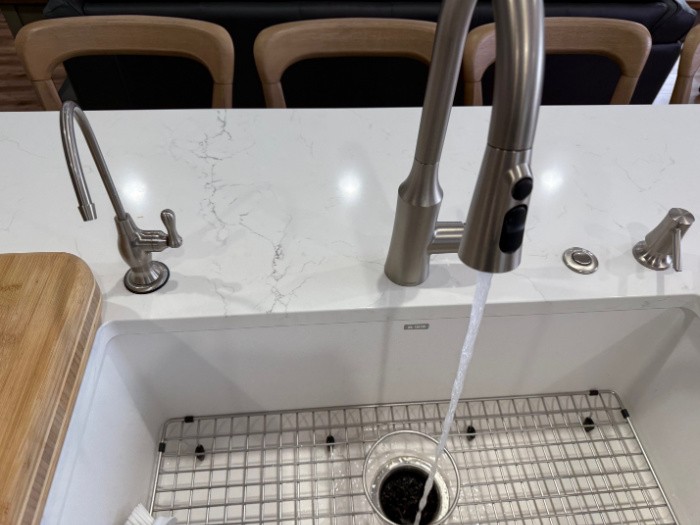

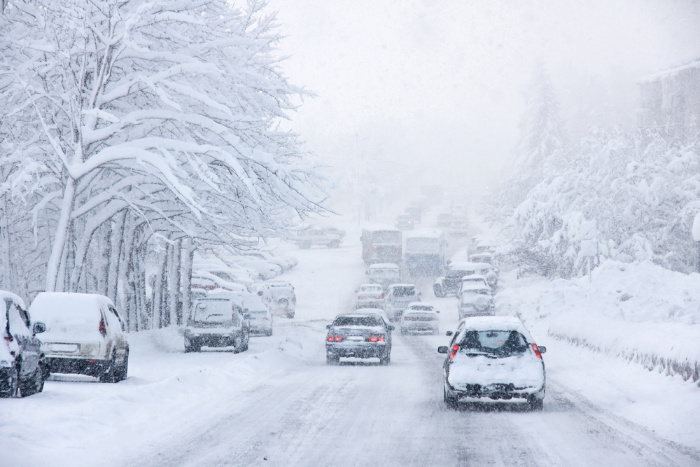
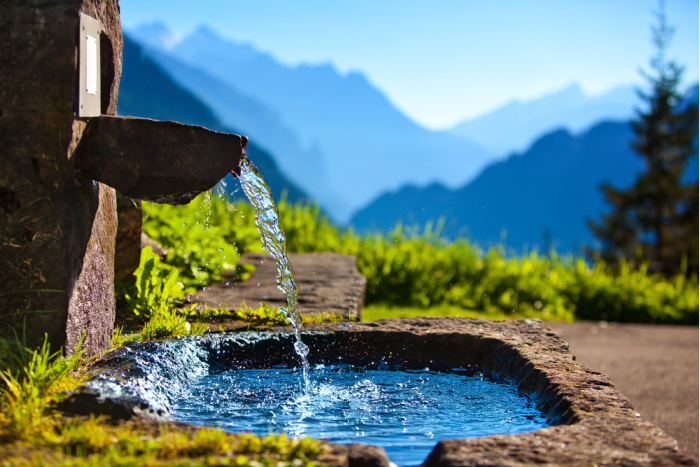
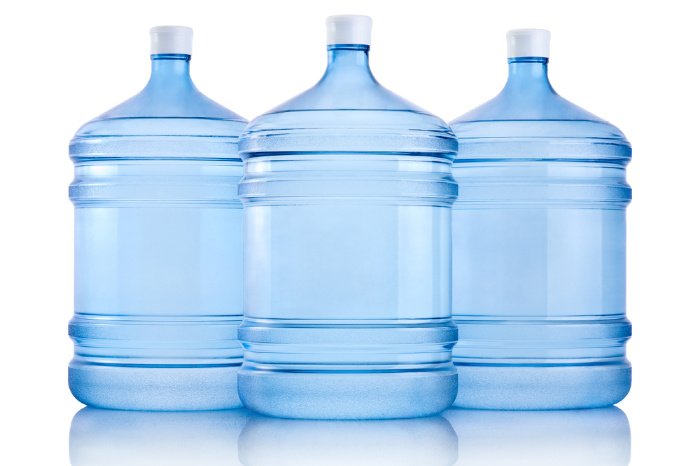
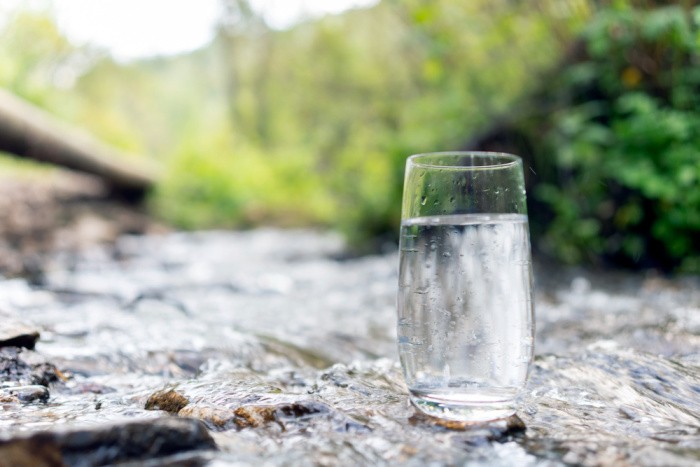
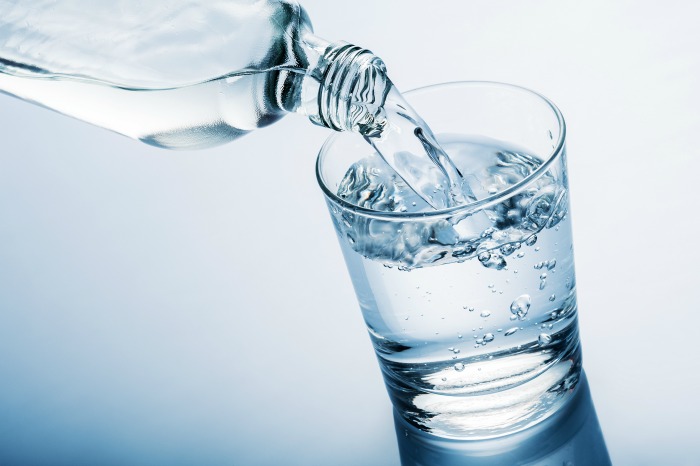
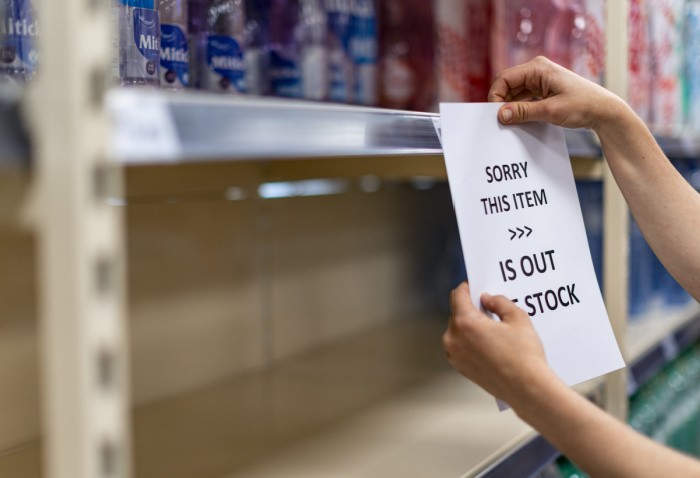
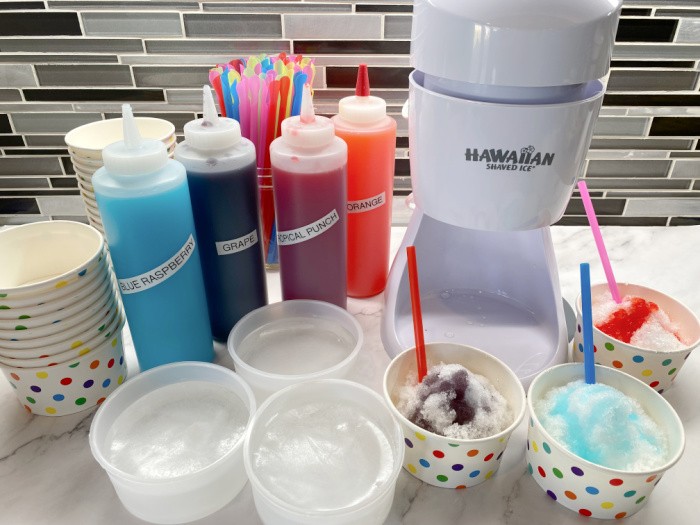

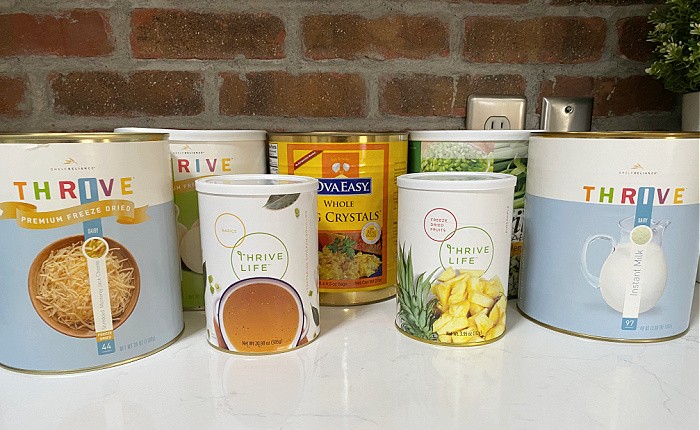

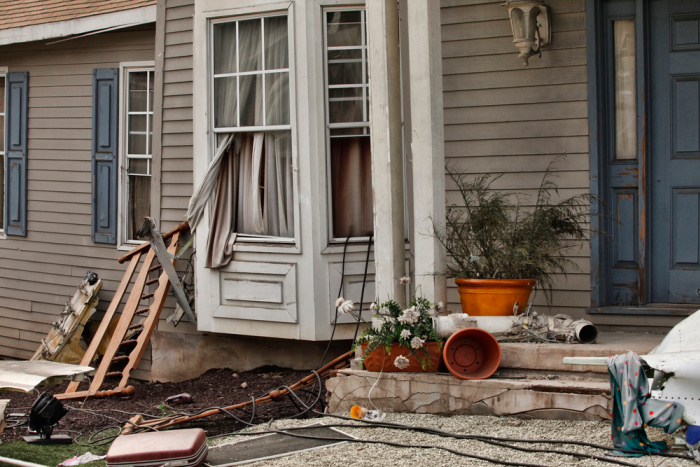
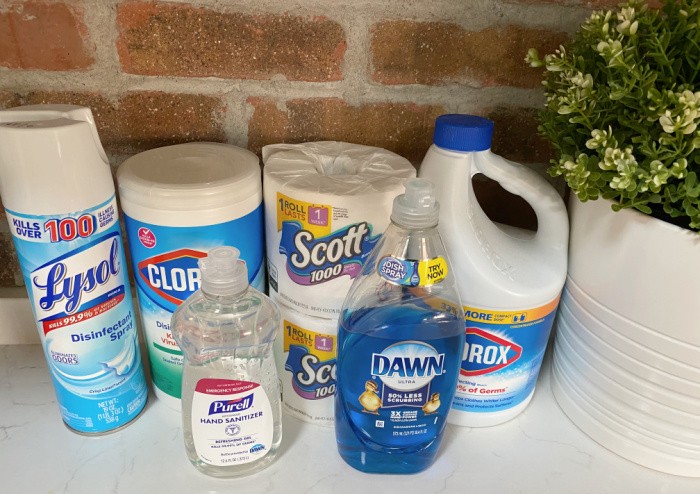
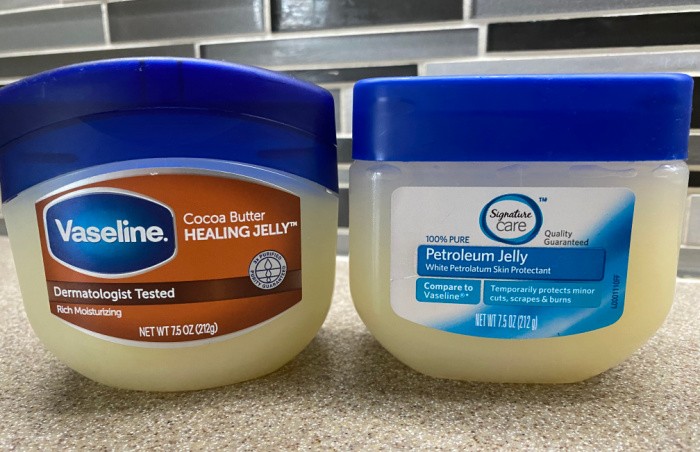
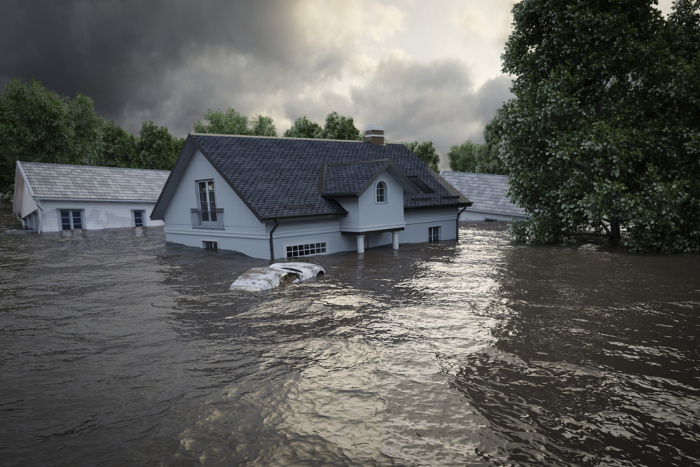

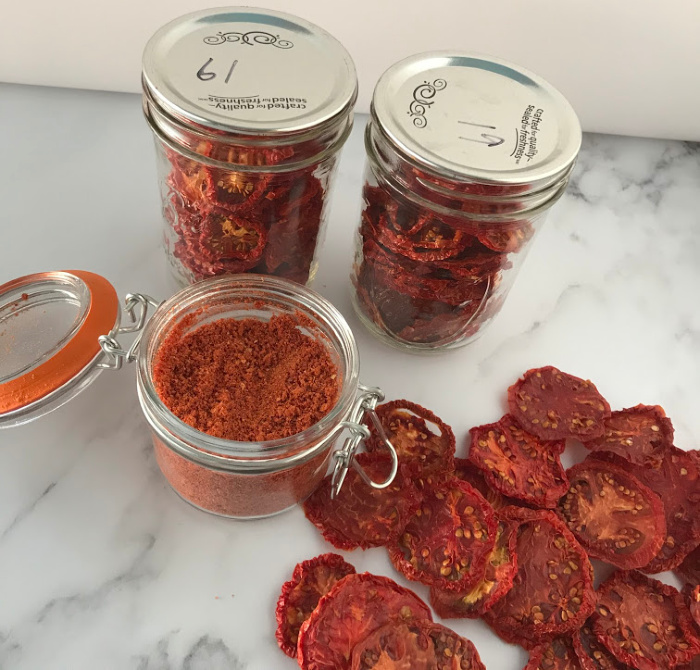
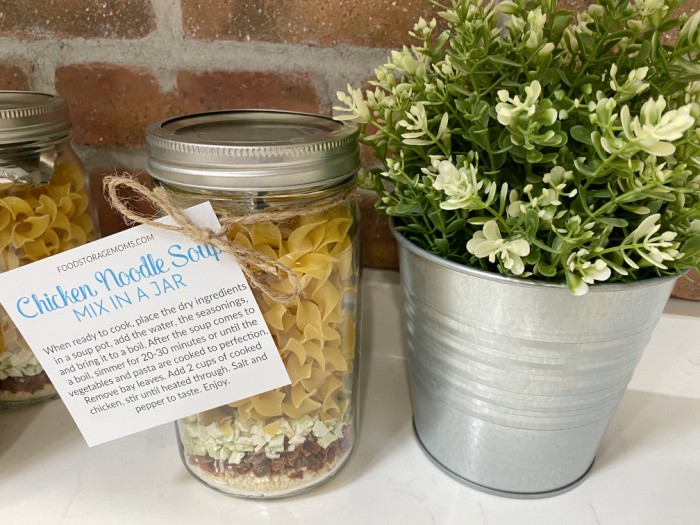
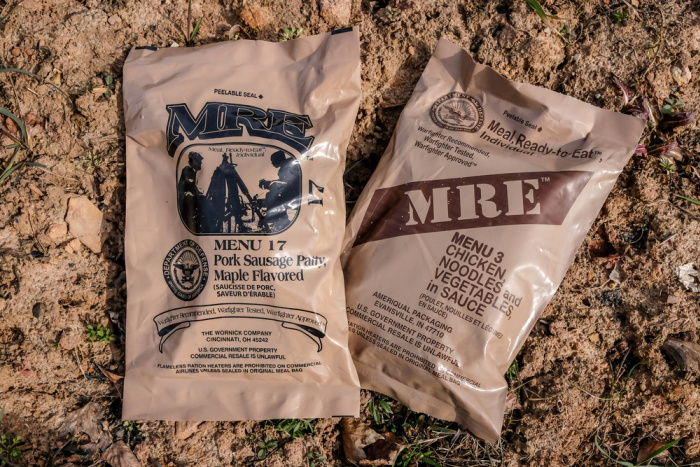

The issue is trust. The same folks have brought as many issues and fixes.
The EPA isn’t exactly a friendly agency and often makes rogue police’s and laws without congress and has been recently spanked for it. They are more interested in agendas than reality.
Then locally bubba who treats the water may or may not be doing what’s needed. Then when there’s an issue the city manager or whoever makes the calls will often decide based on money rather than safety.
Hi Matt, I totally agree, this is why I wanted to write this post. We have to be diligent in testing our water or better yet, filter it. Reverse osmosis works for me, no electricity is needed. I hope others decide what is best for them, I know what works for me. Great comment, Linda
Great article as usual, Linda! We have a water filter under our kitchen sink that we use for drinking and cooking. It filters several different ways. Our water tastes really good.
Hi Deborah, filters make all the difference. There is nothing better than a really good-tasting glass of water. Linda
Ah – in my old age!! I have lost trust in any government agency: federal, state, county and city!!
Also, I do not want chlorine or fluoride in my drinking/cooking water! When my daughter was living in Seattle, you could smell the chlorine on certain days. I figured those were the days that the water treatment plants added the chlorine to whatever receptacle they kept the water in! That is when I bought them a Berkey (and myself one as well).
I have often wondered if a lot of our cancers and other terrible diseases are not caused by or exacerbated by the chemicals that remain in our tap water. I grew up on river water that came straight from a glacier so it probably wasn’t the best either, especially since it flowed through properties (ours as well) that ran cattle or sheep on the property!!
I did some research before buying a water filter. One of the things that concerned my during my research was pharmaceuticals in our tap water. We take medications and we pee out some of those medications that are not absorbed by our bodies. If you google are there pharmaceuticals in our tap water, you can find a number of articles. This is from one of the articles: “FROM THE WEBMD ARCHIVES
Tiny amounts of pharmaceuticals — including antibiotics, hormones, mood stabilizers, and other drugs — are in our drinking water supplies, according to a media report.
In an investigation by the Associated Press, drinking water supplies in 24 major metropolitan areas were found to include drugs.
According to the investigation, the drugs get into the drinking water supply through several routes: some people flush unneeded medication down toilets; other medicine gets into the water supply after people take medication, absorb some, and pass the rest out in urine or feces. Some pharmaceuticals remain even after wastewater treatments and cleansing by water treatment plants, the investigation showed.”
This makes me wonder about a number of issues: 1) our antibiotic resistant bacteria; 2) higher rates of infertility; 3) other issues where we “take in” medications that we don’t want or need!!
Not trying to fear monger anyone but this is why I filter my drinking/cooking water. If I lived in my own home, I could get whole house filtration!!
Hi Leanne, oh my gosh, thank you for sharing this information!!!! It totally makes sense. I cannot drink or cook with tap water, it’s just me. At the moment we are drinking “filtered” water from the refrigerator which isn’t the best filtering system! If and when our home gets started and completed, I will have two reverse osmosis systems just in the kitchen faucet. I wish I could afford an entire house of filtered water in the bathroom sinks and shower. We really do not know what is in our water, that’s what scares me. Linda
We DO NOT drink the tap water. We have it delivered from Culligan! Good article.
Hi Jess, yay, for Culligan water! I’m so glad you are not drinking tap water. The extra bottles give you a stash of water as well! Linda
This comes in just a couple of weeks after receiving a letter from the city regarding lead water pipes!!! Since I rent my place, I contacted my landlord who then contacted the city water people. It wasn’t 20 minutes until I received a knock on the door with a guy from the city. Apparently, it was an issue with the pipes from the house to the city water connection. He took a look at the incoming pipe (everything is buried deep due to the cold winter temps though). The pipe coming into my house was replace 10 years ago and he was able to show me paperwork.
Now, that doesn’t mean the water coming into my house is good water – only that the pipes are not lead!! I have decided, however, that since I cannot afford a reverse osmosis system, I will just continue to filter my water through the Berkey for cooking (still doesn’t taste as good as I would like to drink!!) and get my drinking water from my daughter’s – they have reverse osmosis! So, once a week, I get 10 gallons from them (sort of payment for babysitting occasionally!!). The water I get from them is strictly drinking and coffee and basically any cooking that I ingest the water (soups mostly). If it is something like cooking potatoes or pasta, and I will be draining the water, I use the Berkey filtered water.
I’ve thought about taking a sample of the tap water and having it tested out of town/county just to put my mind to rest. I should look into that further – where, cost, etc.
HI Leanne, I wanted to have our water tested when we lived up north but I was afraid it would be costly so I didn’t. Thankfully, you have the Berkey and RO from your daughter. Thats a big help! Linda
We live on a farm and have well water. Though it is safe to drink, it has sulfur and mineral taste that is not pleasant. We have Sparklett’s delivery service of 5 gallon water bottles. Costco has a deal with them that cuts the price almost in half. We also store some of the well water in other bottles for when the well goes down such as broken equipment or most likely power outage (cannot pump up water and can happen at least once a year) This allows us to use the “cheaper” water to be used for washing up hands, dishes and “flushing” the toilet.
Hi Roxanne, thanks for the tip on Costco and Sparklett’s water! That’s the bottled water we used to use until I found out about reverse osmosis! Thank you Linda
While we do not drink or cook with tap water, we do use it for all other purposes such as washing clothes and flushing toilets. Regardless, at the rate things are going across the country with water supply, soon there may be no tap water available to worry about.
Hi Harry, I think you are right! This is why we are trying stock up on water but there is only so much room! Linda
Don’t trust people that won’t drink tap water or out of the hose. Yes there are exceptions, would not drink it in Flint. But for the most part, people who need to filter their tap water are too sissified for me.
Hi James, if the Flint Michigan people had known there was a problem with their tap water many families would not be suffering right now. Linda